Pope Francis’ latest book gives readers an insight into how major historical events have shaped and influenced the pontiff, says Catherine Pepinster
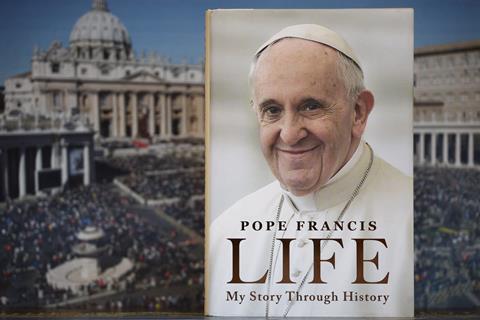
It’s a common parlour game to ask “Where were you when?”.
It might be “Where were you when you heard Princess Diana died?” or “Where were you on 9/11?”.
Pope Francis’ memoir Life – My Story Through History (Harper One) is this parlour game par excellence, with each chapter devoted to an historic event and his reactions to it, his more meditative thoughts on its consequence, and sometimes later connections to that historic event.
Woven into each chapter are narratives, giving useful biographical background to Pope Francis’ life, from growing up in Buenos Aires, the child of Italians who migrated to Argentina, to his time as a student, working in a chemistry laboratory, his decision to become a priest and join the Jesuit order, and later being asked to become a bishop and a cardinal, and eventually elected pope in 2013. It is a rather convoluted construction of a book, and yet it works, giving the reader insights into how this pope, never comfortable with all the flummery of the papacy, and always preferring being with people, has developed his theology.
At first, Pope Francis – or Jorge Bergoglio, as he was known from birth – is a bystander of history. He recalls the wireless being on at home in the 1940s and his parents reacting with anger to reports from Europe about Hitler’s persecution of the Jews. He remembers the horror people felt hearing about nuclear bombs falling on Japan and their sense of wonder as they watched on TV the moon landings in 1969.
Each historic moment leads to his exploration of matters that beset us today, from war to scientific progress and climate change. The second world war, for example, brought refugees from Europe to Argentina, and he uses this to explain his passionate concern for migrants and refugees, denouncing a lack of hospitality towards them. It is a deeply Christian response, but those who are concerned with the way in which migration has become profiteering for traffickers may wish the Pope had something to say about that too.
There are controversies here such as the time after he served as provincial (regional) of the Jesuit order and was then sent by the Jesuits’ global leader into exile in Cordoba in southern Argentina, after complaints about his leadership. It’s notable that the Pope knows exactly how long he was there: one year, 10 months and 13 days. It was undoubtedly a very dark time in his life. Now, though, he sees it as essential, when he reflected on “mistakes born of an attitude that was authoritarian”. Despite having risen fast to have been provincial of the Argentinian Jesuits, in Cordoba he was told to focus on prayer, look after the elderly and work in a laundry. This, he now sees, “is what every man of God should do, especially if he stands at the pinnacle of the Church: be a shepherd, and smell of sheep”.
Of course, as the man elected Pope in 2013, Jorge Bergoglio is no longer a bystander to history, but a major participant in it. His reflections on the events he watched from afar lead often to accounts of his papal visits around the world, from Auschwitz to Ground Zero in New York City. But the most fascinating part of this book is his account of his papal election. This chapter has a pace and a drama which the rest lacks, as bit by bit, he realises he is going to be elected pope. The turning point in his life came with an address he made to the cardinals who gathered to elect the successor to Pope Benedict XVI, an address that is reproduced in full in this memoir. “Evangelizing”, he told his fellow cardinals, “is the reason for the Church’s existence….The Church is called to come out of herself and to go to the peripheries, not only the geographical peripheries, but also the existential ones: the mystery of sin, pain, injustice, ignorance, and absence of faith, all forms of deprivation, all forms of misery.”
After he is elected, and chosen the name Francis, after Francis of Assisi, he is taken to see his new home in the apostolic palace in the Vatican. The former cardinal of Buenos Aires, who had eschewed the fancy archbishop’s residence there, is horrified. “If I had stayed in that historic residence of popes, I’m sure I would have needed the services of a psychiatrist!”, he recalls. “I need to be among people to feel well”. This is very much the memoir of a man whose focus has always been two-fold: the people, and above all, Christ.

Life – My Story Through History by Pope Francis (Harper One) is available now
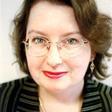


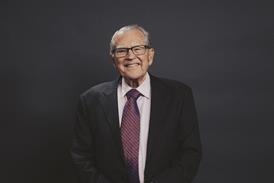
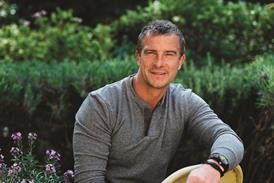

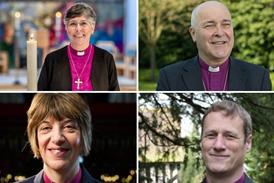








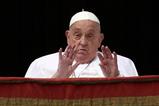
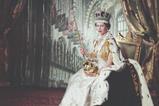





















2 Readers' comments